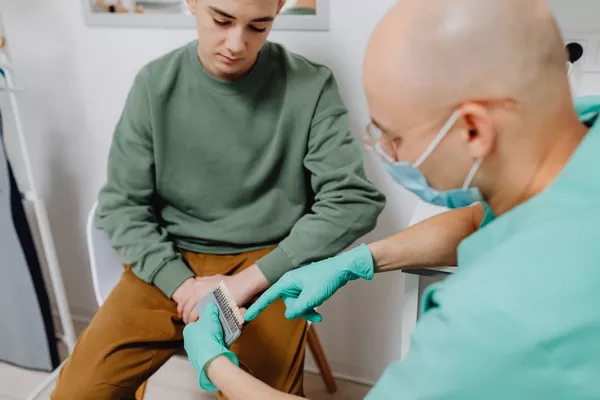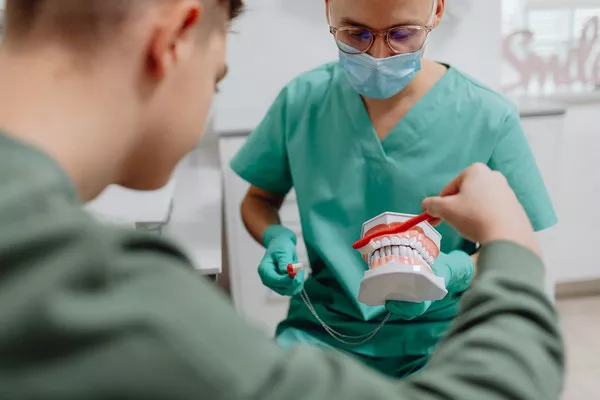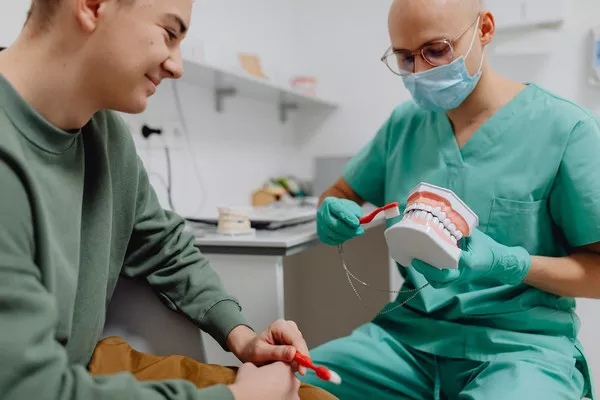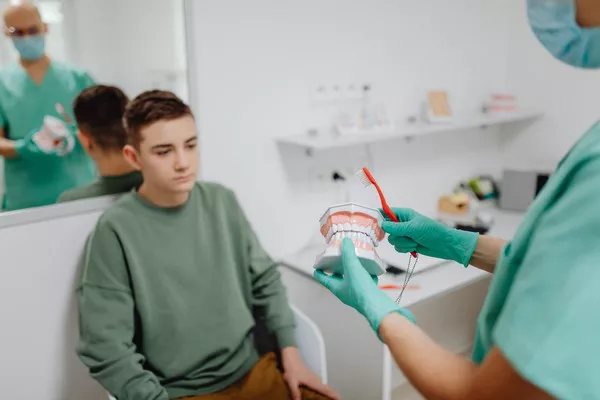Getting braces is a significant step towards achieving a healthy and beautiful smile. However, it’s essential to be well-informed before undergoing orthodontic treatment. From understanding the types of braces available to knowing what to expect during the treatment process, this comprehensive guide will provide you with all the necessary information to make an informed decision about getting braces.
Types of Braces: Exploring Your Options
There are several types of braces available today, each with its advantages and considerations. Understanding these options will help you choose the most suitable type for your specific needs.
a. Traditional Metal Braces:
Made from high-grade stainless steel
Visible metal brackets and wires
Affordable and effective for correcting various orthodontic issues
b. Ceramic Braces:
Tooth-colored or clear brackets that blend with the natural teeth
Less noticeable compared to metal braces
More susceptible to staining and require extra care
c. Lingual Braces:
Placed behind the teeth for a virtually invisible appearance
Custom-made and more expensive than traditional braces
May initially affect speech and cause tongue discomfort
d. Clear Aligners:
Custom-made, removable trays made of clear plastic
Almost invisible and offer flexibility
Require strict compliance and may not be suitable for complex case
Solution:
Consult with an orthodontist who can assess your dental condition and recommend the most appropriate type of braces based on your desired outcome, lifestyle, and budget.
Treatment Duration: Patience is Key
Orthodontic treatment with braces typically takes time to achieve optimal results. The duration varies depending on various factors, including the complexity of your case, age, and adherence to recommended care instructions.
Solution:
Have realistic expectations and understand that achieving straight teeth and a proper bite may take several months or even years. Regularly visit your orthodontist for progress evaluations and follow their instructions diligently to ensure the best outcome.
Oral Hygiene: Maintaining a Clean and Healthy Mouth
Proper oral hygiene is crucial during orthodontic treatment to prevent tooth decay, gum disease, and white spot lesions caused by plaque accumulation around braces.
Solution:
Brush your teeth after every meal using a soft-bristled toothbrush and fluoride toothpaste.
Use interdental brushes or floss threaders to clean between wires and brackets.
Avoid sticky or hard-to-clean foods that can damage braces or get stuck easily.
Attend regular dental cleanings to supplement your home care efforts.
Discomfort and Adjustments: Navigating the Treatment Process
Braces can cause initial discomfort and require periodic adjustments throughout the treatment period. Understanding what to expect will help you better manage any temporary challenges.
Solution:
Expect mild soreness or sensitivity for a few days after each adjustment as your teeth adjust to the pressure.
Use over-the-counter pain relievers, such as ibuprofen, as directed by your orthodontist to alleviate discomfort.
Stick to a soft food diet initially and gradually reintroduce harder foods as you get used to braces.
Maintain open communication with your orthodontist regarding any concerns or unusual discomfort during the treatment process.
Retention Phase: Maintaining Your Results
After active orthodontic treatment, a retention phase follows to ensure your teeth maintain their new positions. Failure to comply with retention guidelines can result in relapse.
Solution:
Wear retainers as recommended by your orthodontist to stabilize teeth and prevent them from shifting back.
Follow the prescribed wearing schedule strictly.
Clean and store your retainers properly to maintain hygiene and prolong their lifespan.
Attend regular follow-up appointments with your orthodontist to monitor your progress and make any necessary adjustments to retainers.
Financial Considerations: Understanding the Costs
Orthodontic treatment, including braces, involves financial considerations. It’s essential to understand the costs involved and explore potential options for financing or insurance coverage.
Solution:
Consult with your orthodontist to obtain a comprehensive estimate of the treatment cost, including initial consultations, braces, adjustments, and retention phase.
Inquire about insurance coverage or flexible payment plans offered by orthodontic practices.
Research government programs or charitable organizations that provide assistance for orthodontic treatment if you meet their eligibility criteria.
Conclusion:
Before getting braces, it is crucial to be well-prepared and informed about the various aspects of orthodontic treatment. Familiarize yourself with the different types of braces available, understand the treatment duration, commit to maintaining excellent oral hygiene, prepare for potential discomfort and adjustments, recognize the importance of the retention phase, and consider the financial aspect of treatment. By being knowledgeable and proactive, you can embark on your orthodontic journey with confidence, knowing what to expect and how to achieve the best possible results.
Related Topics:
































